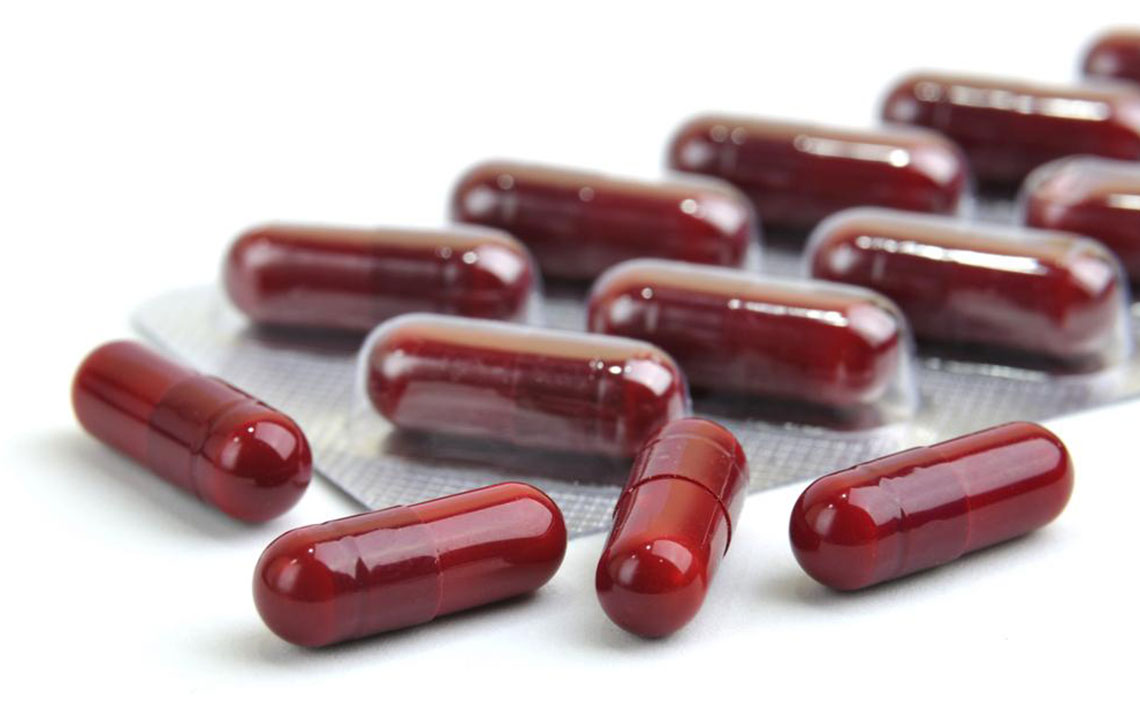Comprehensive Guide to the Health Benefits and Practical Uses of Alpha Lipoic Acid
This comprehensive guide explores the extensive health benefits and diverse applications of alpha lipoic acid. Known for its antioxidant properties, ALA supports cardiovascular health, alleviates diabetic neuropathy, aids in wound healing, and may help manage pre-diabetic conditions. The article provides an in-depth look at how ALA is used in medical and nutritional contexts, highlighting its potential in improving patient outcomes and supporting overall well-being. Discover the latest insights and practical tips for incorporating alpha lipoic acid into health regimens to optimize health benefits.

In-Depth Overview of Alpha Lipoic Acid and Its Wide-Ranging Applications
Alpha lipoic acid (ALA), often called thioctic acid, is a naturally occurring compound that plays a vital role in cellular energy production. It is found in various foods such as yeast, kidney, liver, spinach, broccoli, and potatoes. Moreover, because of its potent antioxidant properties, ALA is synthesized in laboratories to be used as dietary supplements or medicinal agents. It has gained recognition for its ability to combat oxidative stress, support metabolic health, and provide therapeutic benefits across multiple medical conditions.
This versatile compound is akin to vitamins in its antioxidant function, neutralizing harmful free radicals that can damage cells and tissues. Such properties make alpha lipoic acid a popular supplement among individuals managing chronic conditions like diabetes, neuropathy, and skin disorders. Due to its significant health potential, several countries, including Germany, permit high-dose intake of ALA supplements to address specific health challenges.
Below, we delve deep into the diverse applications of alpha lipoic acid, exploring its proven benefits, ongoing research, and practical uses in different health scenarios.
Applications of Alpha Lipoic Acid
Alpha lipoic acid's primary role centers on its antioxidant capabilities, which help neutralize oxidative damage, a common feature in many chronic illnesses. Its ability to regenerate other antioxidants like vitamin C and E further amplifies its health-promoting effects, making it a valuable component in integrative health approaches. The following sections expand on its specific applications:
Support in Coronary Artery Bypass Graft (CABG) Procedures
Medical research indicates that alpha lipoic acid supplements can help reduce complications related to coronary artery bypass graft surgeries. When administered alongside other supplements such as Coenzyme Q10 (CoQ10), omega-3 fatty acids, magnesium, and selenium, beginning approximately two months before surgery and continuing for a month afterward, patients may experience better recovery outcomes. These combinations work synergistically to reduce oxidative stress, improve vascular health, and support cardiac function, potentially leading to fewer postoperative issues.
Diabetes and Blood Sugar Regulation
The impact of alpha lipoic acid on blood glucose levels remains an area of active investigation. Some studies suggest that ALA may influence blood sugar regulation, but results are mixed. In some cases, supplementation might slightly lower blood glucose, while other instances show no significant change. Importantly, in individuals with diabetes, high doses of ALA could cause hypoglycemia if not monitored properly. Therefore, consulting healthcare providers before using ALA as part of diabetes management is crucial.
Relief from Diabetic Neuropathy
One of the most well-established uses of alpha lipoic acid is in alleviating diabetic neuropathy, a complication characterized by nerve pain, burning sensations, numbness, and tingling, particularly in the extremities. Clinical trials have demonstrated that regular intake of ALA can reduce neuropathic symptoms, sometimes within three to five weeks of consistent use. Its antioxidant activity helps protect nerve fibers from oxidative damage, aiding in symptom relief and nerve regeneration over time.
Pre-Diabetic and Glucose Control
Emerging evidence supports the use of ALA in pre-diabetic conditions. Specifically, a daily intravenous dose of 600 mg of alpha lipoic acid administered over two weeks has been shown to improve post-meal blood sugar levels, thereby reducing the risk of progression to full-blown diabetes. This application highlights ALA's potential in preventive health strategies and its role in metabolic syndrome management.
Vitiligo Treatment and Skin Discoloration
Patients with vitiligo—a condition characterized by loss of skin pigmentation—may benefit from combined therapies involving alpha lipoic acid. Products formulated with ALA, along with vitamin C, vitamin E, and polyunsaturated fats, coupled with light therapy over eight months, have shown promising results in repigmenting affected skin patches. While further research is ongoing, these methods offer a multimodal approach to managing vitiligo symptoms effectively.
Wound Healing and Ulcer Management
Alpha lipoic acid's antioxidant and anti-inflammatory properties can significantly enhance wound healing processes. Administering 300 mg of specific ALA formulations before and after oxygen therapy, over a period of 14 to 30 days, has been linked to accelerated healing, especially in cases involving ulcers. This makes ALA a valuable adjunct in supportive wound care, improving outcomes and reducing healing time.
Summary and Future Directions
Alpha lipoic acid's multifaceted health benefits make it a noteworthy supplement in managing oxidative stress-related diseases and conditions. As research advances, new applications may emerge, including potential neuroprotective roles, anti-aging effects, and broader autoimmune support. Healthcare practitioners should consider individual patient needs and existing evidence when recommending ALA supplementation, ensuring safety and efficacy.
In conclusion, alpha lipoic acid stands out as an essential antioxidant with promising therapeutic applications across various health domains. Its ability to support cardiovascular health, nerve regeneration, skin health, and metabolic balance underscores its significance as a versatile compound in contemporary health management.





